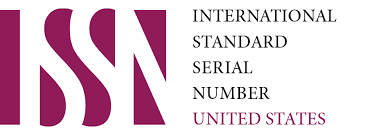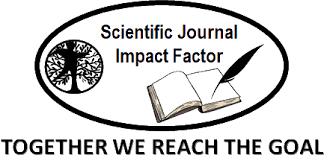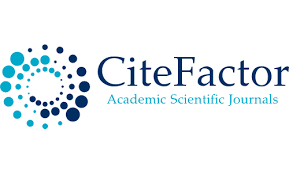Reading, Its Development and Models
Keywords:
encoding, reading, comprehensionAbstract
The article presents that reading fluency is the ability to read with sufficient ease and accuracy that one can focus attention on the meaning and message of the text. Reading fluency is most commonly assessed by listening to learners as they read aloud. When readers lack fluency, their oral reading sounds hesitant, lacking the accuracy, rhythm and flow that indicate confident understanding of the text
References
Aarnoutse C. A. J., & van Leeuwe J. F. J. Het belang van technischlezen, woordenschat en ruimtelijkeintelligentievoorbegrijpendlezen. // PedagogischeStudiën, 65, 1988, p. 49-59. Aarnoutse, C., & van Leeuwe, J. Relation between reading comprehension, vocabulary, reading pleasure, and reading frequency. // Educational Research andEvaluation, 4(2), 1998, p. 143-166. Bast J. The development of individual differences in reading ability – Amsterdam/Duivendrecht: PI. 1995. Stanovich K. E. (). Matthew effects in reading: Some consequences of individual differences in the acquisition of literacy. // Reading Research Quarterly, 21(4), 1986, p. 360-407.
Abraham, P. (2002). Skilled Reading: top-down-bottom-up. Field Notes, 10(2),Retrieved on Nov,1, 2004 from http://www.sabes.org/resources/field note/v 110/fn.101pdf.
Allington, R. (2001). What really matters for struggling readers? Designing research-based programs. New York: Longman.
Anderson, N.j.(1991). Individual Differences in Strategy Use in Second Language Reading and Testing. In Modern Language Journal.
Brown, Douglas H. (2002). Strategies for Success: a practical guide to learning English. New York: Longman. Supplee, Patricia L. (1990). Reaching the gifted underachiever: program strategy and design. New York: Teachers College Press.
Dörnyei, Zoltán. (2001). Motivational Strategies in the Language Classroom. Cambridge: Cambridge University Press.
Gough P. B. One second of reading. In J. F. Kavanagh & I. G. Mattingly (Eds.), Language by ear and eye. – Cambridge, MA: MIT Press. 1972.
Downloads
Published
Issue
Section
License

This work is licensed under a Creative Commons Attribution-NonCommercial 4.0 International License.
User Rights
Under the Creative Commons Attribution-NonCommercial 4.0 International (CC-BY-NC), the author (s) and users are free to share (copy, distribute and transmit the contribution).
Rights of Authors
Authors retain the following rights:
1. Copyright and other proprietary rights relating to the article, such as patent rights,
2. the right to use the substance of the article in future works, including lectures and books,
3. the right to reproduce the article for own purposes, provided the copies are not offered for sale,
4. the right to self-archive the article.












